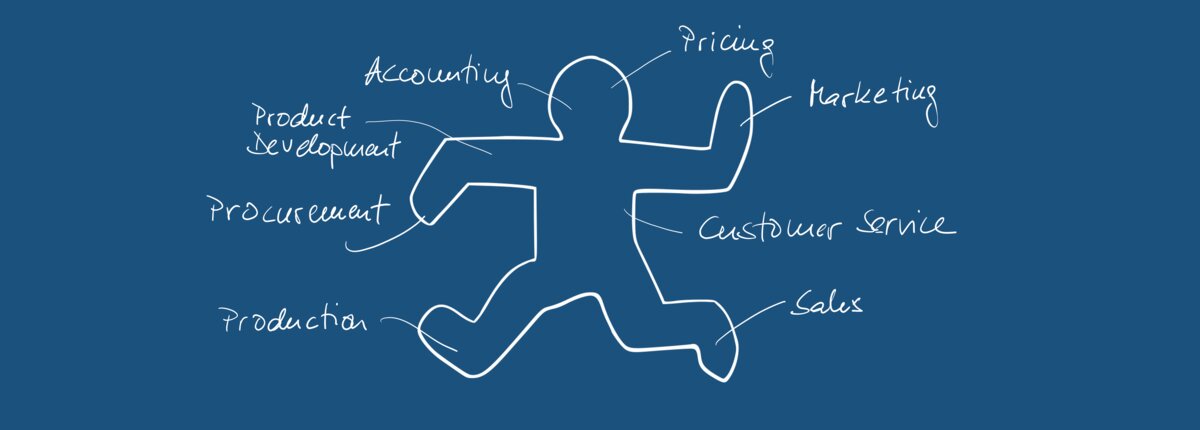The first reaction outsiders to our industry show when they are exposed to the inner workings of a freight forwarding branch is often one of disbelief – disbelief of how messy and antiquated these inner workings can appear. While there are certainly different levels of maturity in the industry, on average you will still find plenty of paper-based processes around the world while phone and email seem to remain the primary means of transacting business. We would be the first to agree that there is ample room for improvement, and we have spent big chunks of our professional lives removing paper and other waste from these processes. But the impression remains: big chunks of our business still convey that highly decentralized cottage-industry flair.
What is often underappreciated though is that – even within the large global players – a big portion of nearly all core business functions are deliberately executed at the very endpoints of a forwarder’s branch network, by those skilled frontline operators we mentioned in the intro. One might say that each of these operators is their own business-within-the-business, responsible for Marketing, Pricing, Sales, Procurement, Accounting, Production, and Customer Service. Even ad-hoc Product Development might be included in that list when smartly identifying and assembling transport options to meet a customer’s specific need. And – perhaps most crucially – at all successful players in this industry frontline operators will be accountable for and empowered to drive the gross profit on each shipment they manage.
The above is a bit oversimplified and there are of course variations to and different flavors of this concept, even within a single freight forwarder (we will look at this in more detail in an upcoming post). We can however think of very few other industries where so many crucial processes and commercial decisions are pushed to the very endpoints of a company’s network in the same way – perhaps in some types of securities trading, but without the operational complexity of assembling a transport chain across a multitude of actors between almost any two points on the globe on the fly.
In fast changing environments this local autonomy and empowerment – coupled with clear accountabilities – can be extremely powerful. Global transportation outside the relatively rigid express networks can be messy in the same way that making laws and sausages is messy – you’d rather not think about it when consuming the outputs. In these messy environments skilled and experienced human decision makers excel as “uncertainty absorbers” within a complex system.
It is these operators we need to put at the center when thinking about how to upgrade the traditional model. Looking at process standardization, centralization, automation, or the ubiquitous digitalization we need to differentiate carefully and balance efficiency and scale with preserving local autonomy and empowerment. If done right, we can get the best of both worlds: strengthening the capabilities frontline operators excel at by giving them the right tools while automating away the more menial tasks and centralizing selectively where scale truly matters.
For example, there can be significant value in centralizing a portion of capacity procurement, but such a system needs to remain able to flex and shift with changing environments and market cycles. Similarly, selective process centralization and automation can dramatically improve service consistency across a global network (a value ranked highly by global customers), but it must not impede local operators ability to drive incremental gross profit at shipment level where these opportunities exist.
Doing this smartly will allow to match these increasingly scarce skilled people with the parts of the business where they can drive the biggest value. Cracking this challenges requires what one might call “smart segmentation” – something we will look at in an upcoming post. Stay tuned….
